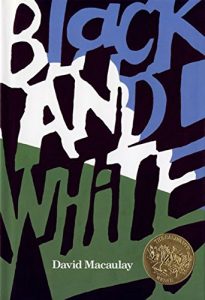 A collection of poems describing the characteristics and activities of a variety of insects.
A collection of poems describing the characteristics and activities of a variety of insects.
United States
Materials from United States of America
And Now Miguel
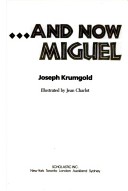
Miguel, the middle child of the Chavez family, lives near Taos, New Mexico, and longs to go with the men of his family to the Sangre de Christo Mountains.
Smoky Night
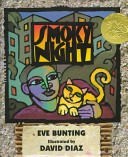
When the Los Angeles riots break out in the streets of their neighborhood, a young boy and his mother learn the values of getting along with others no matter what their background or nationality.
Children’s Books
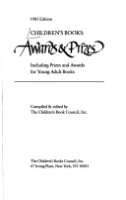
Awards and Prizes : Including Prizes and Awards for Young Adult
Frog Went A – Courtin’
Biggest Bear
My Friend Rabbit

Something always seems to go wrong when Rabbit is around, but Mouse lets him play with his toy plane anyway because he is his good friend.
Owl Moon: 20th Anniversary Edition
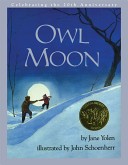
On a winter’s night under a full moon, a father and daughter trek into the woods to see the Great Horned Owl.
Black And White (Caldecott Medal Book)
Hatchet
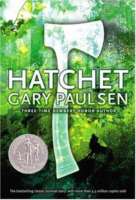
ALONE
Thirteen-year-old Brian Robeson is on his way to visit his father when the single-engine plane in which he is flying crashes. Suddenly, Brian finds himself alone in the Canadian wilderness with nothing but a tattered Windbreaker and the hatchet his mother gave him as a present — and the dreadful secret that has been tearing him apart since his parent’s divorce. But now Brian has no time for anger, self pity, or despair — it will take all his know-how and determination, and more courage than he knew he possessed, to survive.
For twenty years Gary Paulsen’s award-winning contemporary classic has been the survival story with which all others are compared.




